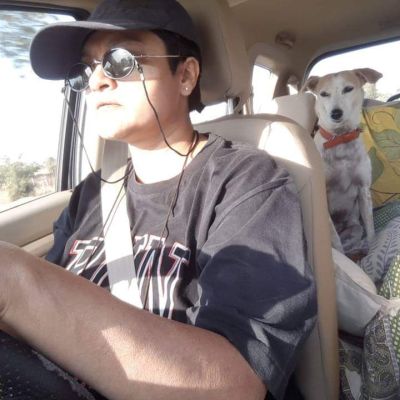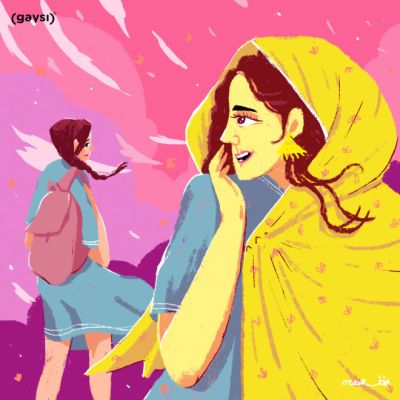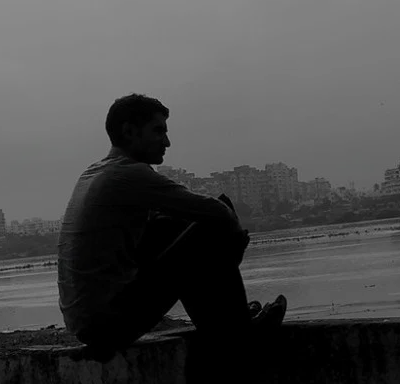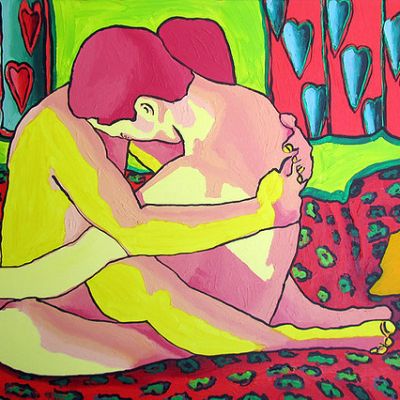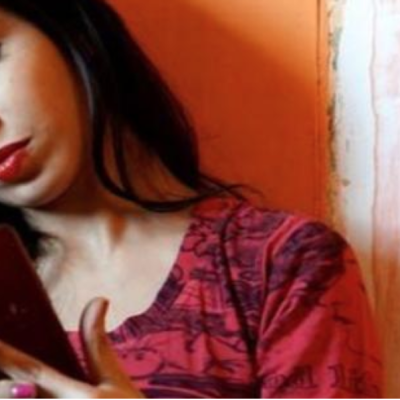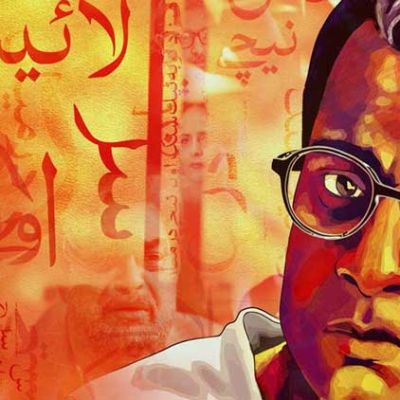Curated Content
The digital space is becoming an integral part of our daily lives, especially with smartphones and internet data plans becoming more affordable. The number of people going online everyday—including people from marginalised communities—is increasingly rapidly.
I am not pleased about everything that happened, but I accept that these are my experiences. I accept that I have grown through them, built more invisible muscle. Most of all I accept that it is with the help and support of a diverse array of souls, relationships, and ordinary chuff-chuffing that I can do and be many of the things my spirit is; my life is more than the parts that panicked, and I accept and look after those bits too.
Raising your head shyly, you stumble over your words as you ask if you can marry a woman instead. Instantly, your lungs seem to fill with a tsunami of panic, as you witness his usually warm eyes crackle – the first grey clouds of a storm saturating the brown hue of his eyeballs.
In spite of the general divergence between the notion of purity and sacredness and the general discourse on sex, I firmly believe that little else in life is as divine as sharing sexual pleasure with another person. Realising this relinquished the shame that I felt and presented itself as an opportunity for me to re-learn how to enjoy sex.
Being a man isn’t about domination, and it definitely isn’t about subjugation of feminine people. We need to find a way to re-frame masculinity so that it isn’t diametrically opposed to respectful and equal gender relations.
Masculinity once upon a time was just a word we studied in school, whose sole purpose was to differentiate binary gender in the society. Now masculinity is a criteria of a certain job that a person has to perceive to be called or termed as one.
An analysis of billions of hits to PornHub (one of the largest online porn sites in the world) shows that m/m is consistently the second most popular category for women visitors, and that women make up 37% of m/m porn viewers – suggesting that women represent viable secondary consumers of this type of porn.
He sighs and says – aapko apni dil ki baat bataane ka mann kar raha hai (I want to tell you a secret, a matter of my heart). I nod and encourage him to do so. Aap bura toh nahi maanengi? (You won’t feel offended, will you?) Confused and immensely curious, I assure him that I will not take offense. Asal mein, mera mechanic ka kaam tha aur who theek hi tha lekin mere dost ne auto drivering karke ye seekha ki auto drivering karne se sex karna bahut easy ho jaata hai (In reality, I was working as a mechanic and everything was going fine but one of my friends who became an auto driver soon learned that it was very easy to have sex this way).
But TikTok is giving young people – particularly women – in South Asia a new avenue to showcase their talents. While for the majority of women using the app their fame is exclusive to TikTok, an increasing number are able to use it to get paid work. And for many, the platform represents a scarce opportunity for bodily autonomy, and a chance to carve out space as a performer in the face of film and fashion industries that shut them out.
The researchers also concluded there was no evidence that children raised by a single parent or same-sex couples were less competent or well-rounded than other children. If anything, studies of single-parent families show these men and women are more flexible in their parenting styles than they are given credit for.
In Pixar’s short film Purl, a pink ball of yarn – a stand-in for anyone who’s ‘different’ – is faced with this dilemma in a workplace context (the analogy would work in other contexts as well).
This question is for the women. Have you ever sat in the ladies compartment of a Bombay local train and cried quietly, oddly comforted by a crowd of unknown women?
I met Benjamin on a hot summer day in 20xx. I was still young, single, and blissfully unaware of the…
Advancing the most penetrative and succinct theory of caste, Dr. B. R. Ambedkar had this to say in 1916 when…
All these stories are examples of courage and hold great significance in the development of the Urdu story and for bringing to our notice the misery of the average Indian woman. A new era of Urdu stories has taken birth that not only acknowledges the issues of women inside and outside of house, but also openly deals with ‘immodest’ and ‘indecent’ themes such as sexuality.


